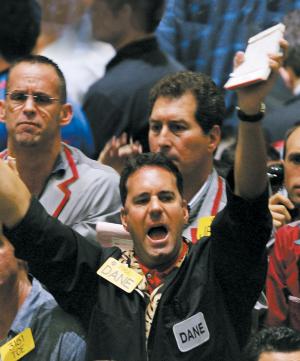Banks are reshaping the energy-trading landscape. When the dust settles, utility companies will face different strategic horizons.
Michael T. Burr is Public Utilities Fortnightly’s editor-at-large, based in Minnesota. E-mail him at burr@pur.com.
Frank Napolitano is wearing a new hat.

The Lehman Brothers investment banker, who has co-headed the firm’s global power group since 2003, is now managing director and global head of origination and sales for Lehman’s new energy-trading organization.
Napolitano’s career move is more than just another title change on Wall Street. As part of a broad trend in the financial sector, it demonstrates a remarkable commitment of resources that banks and other financial firms are putting into the energy-risk market. More than a dozen major money-center banks and investment houses have launched or expanded their U.S. energy-trading operations in the past two years (see Table 1, “Power on Wall Street,” p. 33). Additionally, more than 120 hedge funds and other investment groups have jumped into the energy-trading arena, in pursuit of stellar profits reported by some funds. The result is a market once again flush with volume, with the added benefits of more creditworthy trading counterparties, trading a richer variety of contracts.
“We are building a customer-oriented business and not a proprietary trading shop,” Napolitano says. “Corporate managers of energy companies are asking us to provide commodity solutions. Along with core corporate finance and capital markets strengths in the power and natural resources areas, we now have the capability of providing a commodity-related window for customers.”

